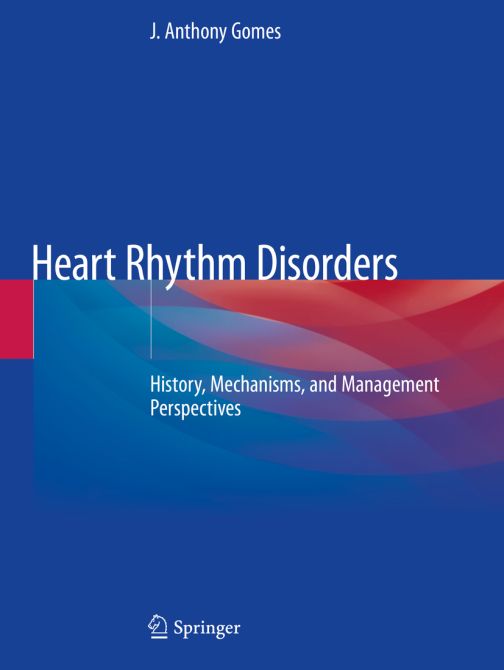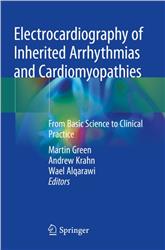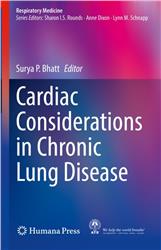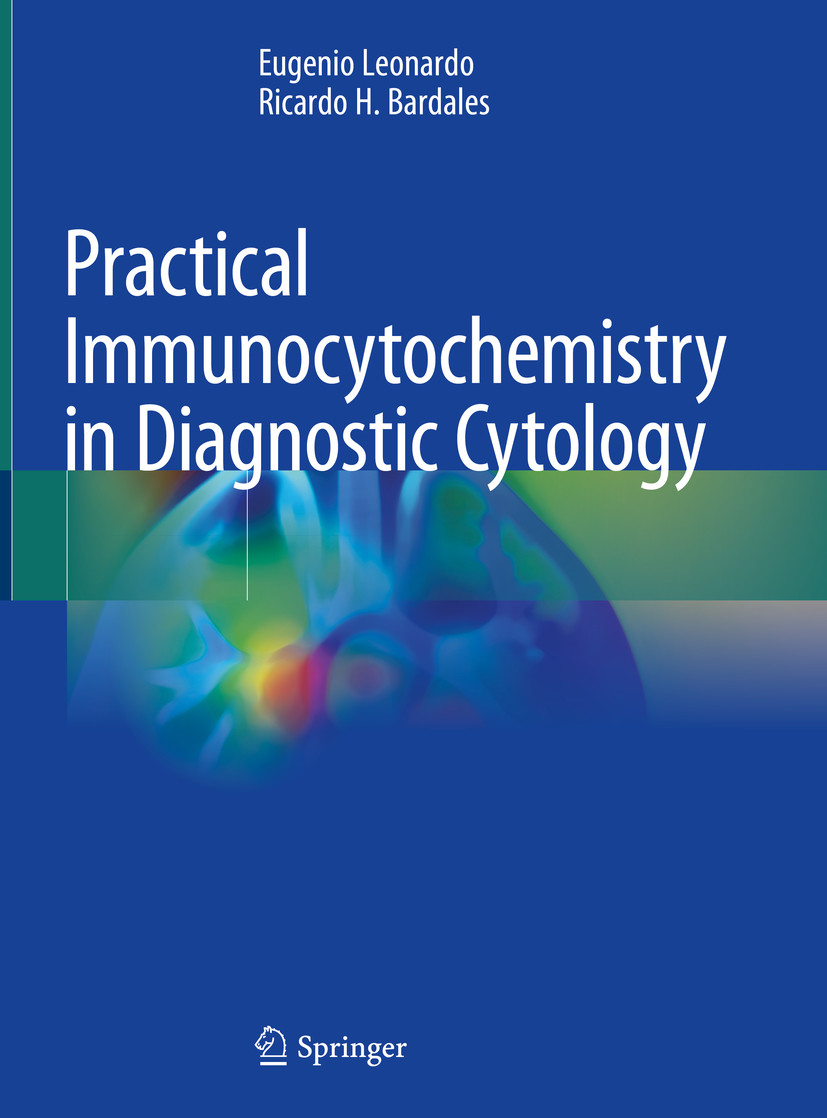Heart Rhythm Disorders
History, Mechanisms, and Management Perspectives
| Auflage | 2021 |
| Seiten | 496 pp., 273 illus., 198 tab. |
| Verlag | Springer |
| ISBN | 9783030450687 |
| Artikel-Nr. | 569147 |
Lieferzeit ca. 5 Werktage
Produktbeschreibung
This engaging book covers a multitude of topics related to heart rhythm disorders (HRDs) and uniquely familiarizes readers with the development of treatment modalities over the past several decades, including the evolution of anti-arrhythmic drugs, pacemakers, defibrillators, and catheter ablation.
Organized in ten sections, this title serves as both an archival and a contemporary resource for clinicians. The first section describes the discovery of the circulatory system by William Harvey in 1628 and outlines the development and understanding of HRD since the advent of intra-cardiac electrophysiology. Subsequent sections discuss the historical evolution of abnormal heart rhythms, such as supra and ventricular rhythms and sudden cardiac death, their treatment with drugs, surgery, pacemakers, implantable defibrillators and catheter ablation. Section nine offers a fascinating narration of the clinical evolution of overcoming heart attacks and its impact on HRDs. The final section explores potential new frontiers in HRD and the factors that may contribute to the prospective rise of cardiovascular diseases.
A ground-breaking and invaluable addition to the clinical literature, Heart Rhythm Disorders: History, Mechanisms and Management Perspectives details the pervasive nature of cardiovascular diseases in human history, their ramifications, and their projected effects on at-risk demographic populations and human health in general.
Comprehensive in scope, detailing the full range clinical, historical, and management perspectives on cardiac electrophysiology
Familiarizes readers with the clinician scientists whose discoveries and work propelled the field forward
Discusses the evolution of anti-arrhythmic drugs, pacemakers, defibrillators, and surgical and catheter ablation
Organized in ten sections, this title serves as both an archival and a contemporary resource for clinicians. The first section describes the discovery of the circulatory system by William Harvey in 1628 and outlines the development and understanding of HRD since the advent of intra-cardiac electrophysiology. Subsequent sections discuss the historical evolution of abnormal heart rhythms, such as supra and ventricular rhythms and sudden cardiac death, their treatment with drugs, surgery, pacemakers, implantable defibrillators and catheter ablation. Section nine offers a fascinating narration of the clinical evolution of overcoming heart attacks and its impact on HRDs. The final section explores potential new frontiers in HRD and the factors that may contribute to the prospective rise of cardiovascular diseases.
A ground-breaking and invaluable addition to the clinical literature, Heart Rhythm Disorders: History, Mechanisms and Management Perspectives details the pervasive nature of cardiovascular diseases in human history, their ramifications, and their projected effects on at-risk demographic populations and human health in general.
Comprehensive in scope, detailing the full range clinical, historical, and management perspectives on cardiac electrophysiology
Familiarizes readers with the clinician scientists whose discoveries and work propelled the field forward
Discusses the evolution of anti-arrhythmic drugs, pacemakers, defibrillators, and surgical and catheter ablation

Bleiben Sie informiert!
Melden Sie sich für den frohberg.de-Newsletter an und nutzen Sie jetzt Ihre Vorteil:- Willkommens-Dankeschön: Beatmungsmaske Rescue Me
- Aktuelle Neuerscheinungen und Empfehlungen
- Exklusive Angebote und Kongress-Highlights








